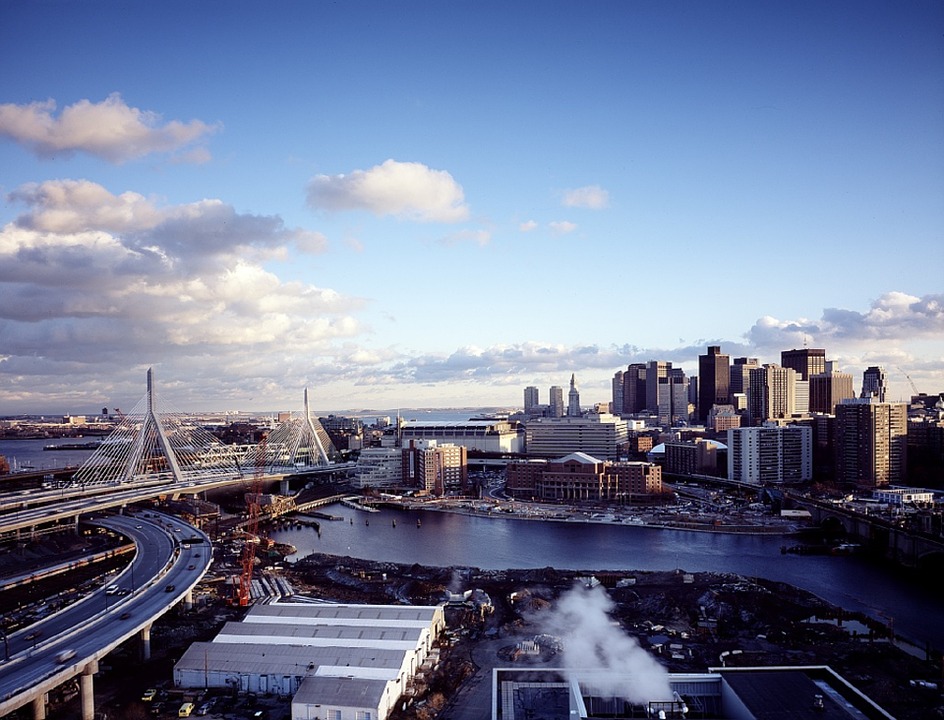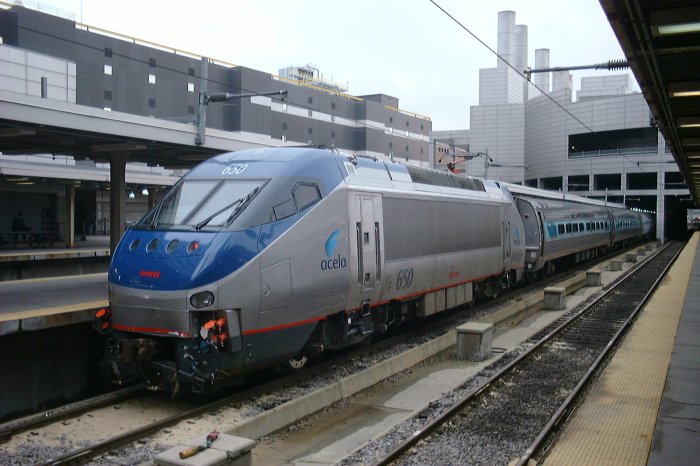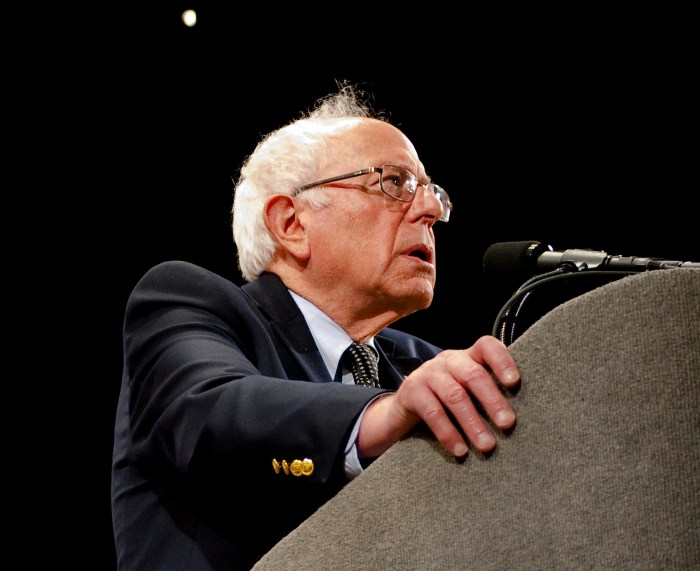Massachusetts may have just been named the “Best State” in the U.S. in one survey, but its biggest city still struggles with disparities in education, housing, income, health and jobs, according to a new report. The Boston metro area is becoming more diverse but also more economically separated, according to the “State of Equity in Metro Boston,” a report released Tuesday by the Metropolitan Area Planning Council, a regional planning agency . The council predicts that by 2040, people of color will account for at least 40 percent of the region. In 2010, people of color were 25 percent of the population.
RELATED:And the best state in the US is…
Though this population is increasing, neighborhoods are still racially and economically segregated, according to the report.
The average white resident lives in a neighborhood where 4 percent of their neighbors are black, and 6 percent are Latino. White households are also located in more affluent neighborhoods than black, Latino and Asian households with the same annual incomes, the report found. Meanwhile, U.S. News & World report’s annual survey just released named Massachusetts the best state in the country. Overall, it rated highest for combined levels of health care, education, crime and corrections, infrastructure, opportunity, economy and government. But in that opportunity category, which looks at economic opportunity, affordability and equality available to all residents, the commonwealth ranked just 16th out of 50 states.
That opportunity level is what the Planning Council’s report focused on in Boston, said Tim Reardon, director of its data services and co-author of “State of Equity.”
“It’s very troubling, because a lot of the challenges and disparities we’ve seen can be contributed to racial and economicsegregation,” he said. “People [in lower-income neighborhoods] don’t have the same resources, and meanwhile, folks living in more affluent communities feel no connection to people not like them. They can go through their lives without knowing someone receiving public aid — and that creates social and emotional dissonance.” The council’s previous report found that Boston had one of the highest income inequalities in the country. That gap is increasing, this update found. Households in the top 5 percent of income earn 18 times more than what what households in the lowest 5 percent make. That works out to an average income of $272,500 compared to $14,900. That disparity has been growing. RELATED:Income gap in Boston among nation’s largest Other significant findings include a higher increase in youth asthma, primarily among black and Latino children.
There is some good news. The report found that students of all backgrounds are graduating at higher rates and are more likely to attend college than they had been.
One of the highlights in the U.S. News & World report was education, specifically noting the high percentage of Massachusetts residents with college degrees.
Reardon agreed, saying that if “people have a college degree and have the connections to participate in our high-skill, high-wage economy, Massachusetts is a fabulous place to live. The problem, is we’re leaving a lot of our neighbors behind.” Reardon is still optimistic about the so-called best state in the country. While the council’s report showed the Greater Boston area still has issues to solve, he said “we have the resources in Massachusetts to solve these problems.”
Boston still struggles with income inequality, economic segregation: Report

Creative Commons
























